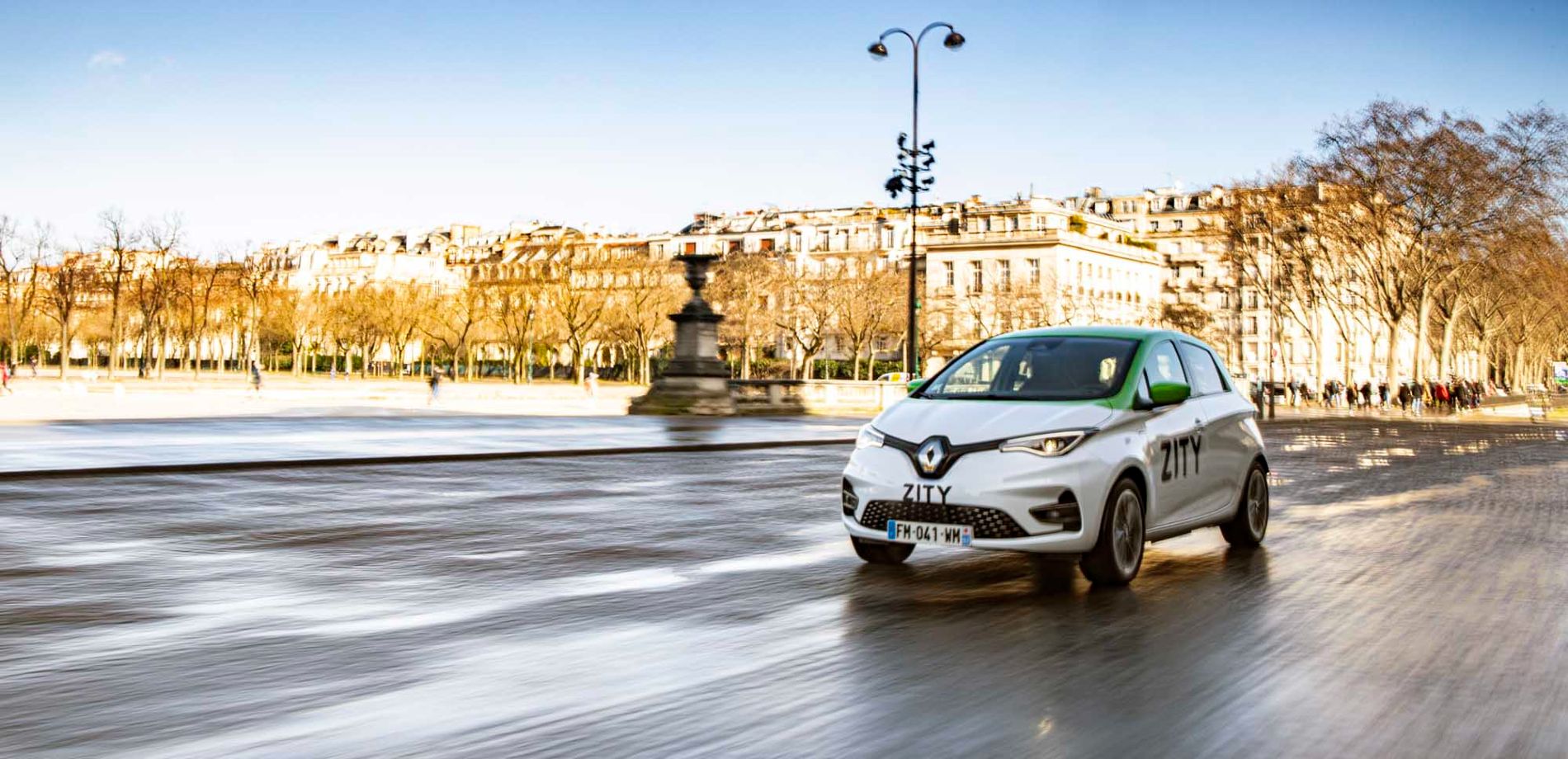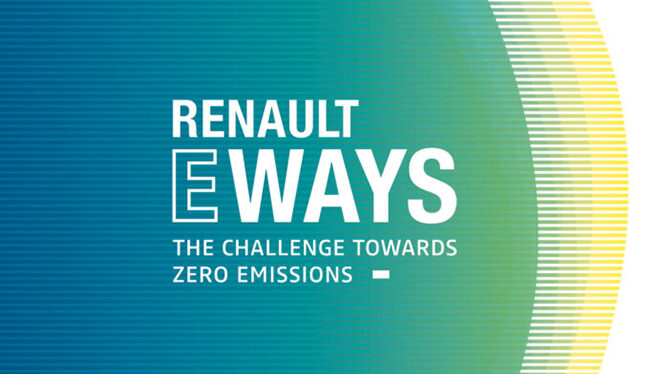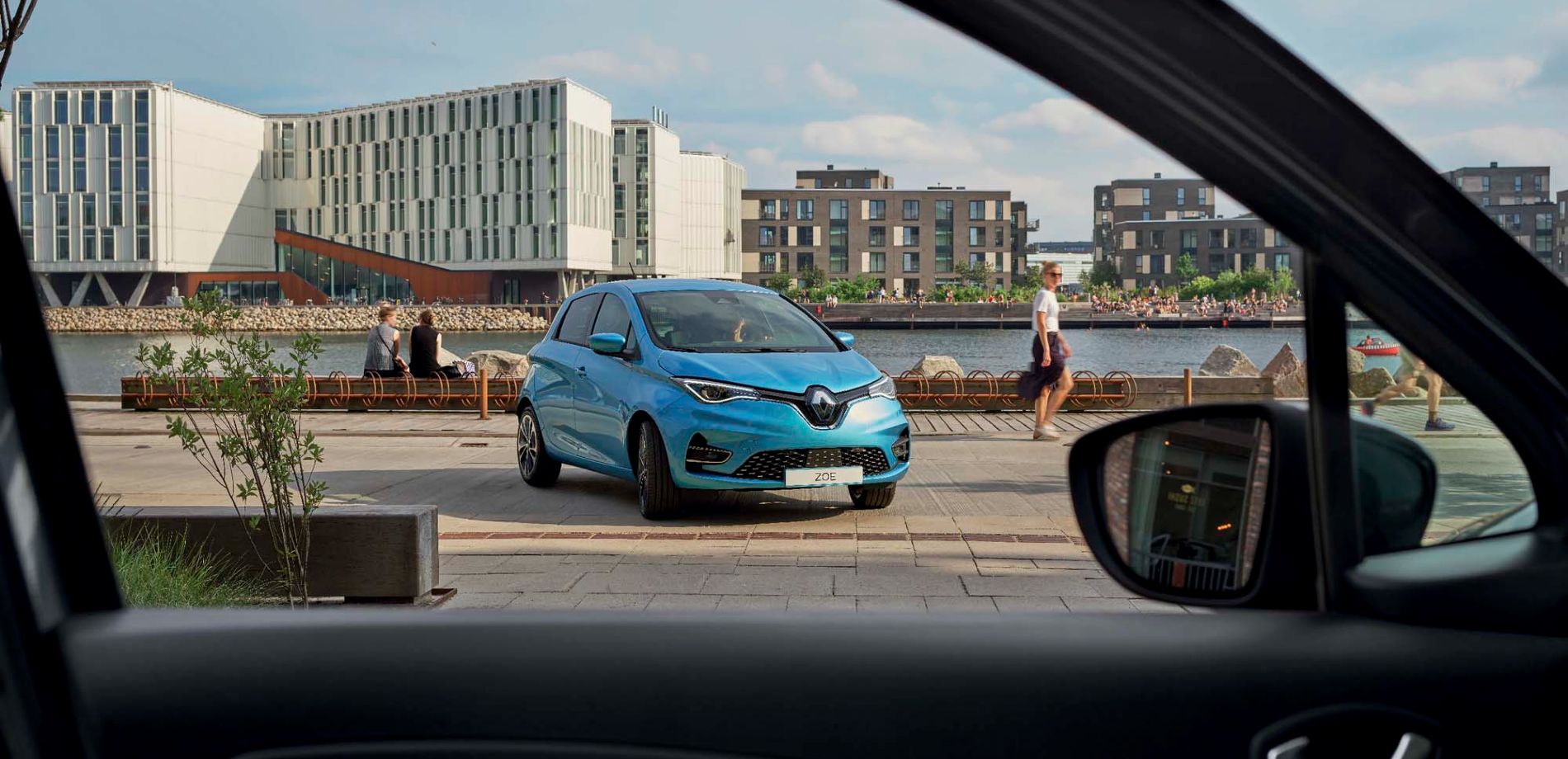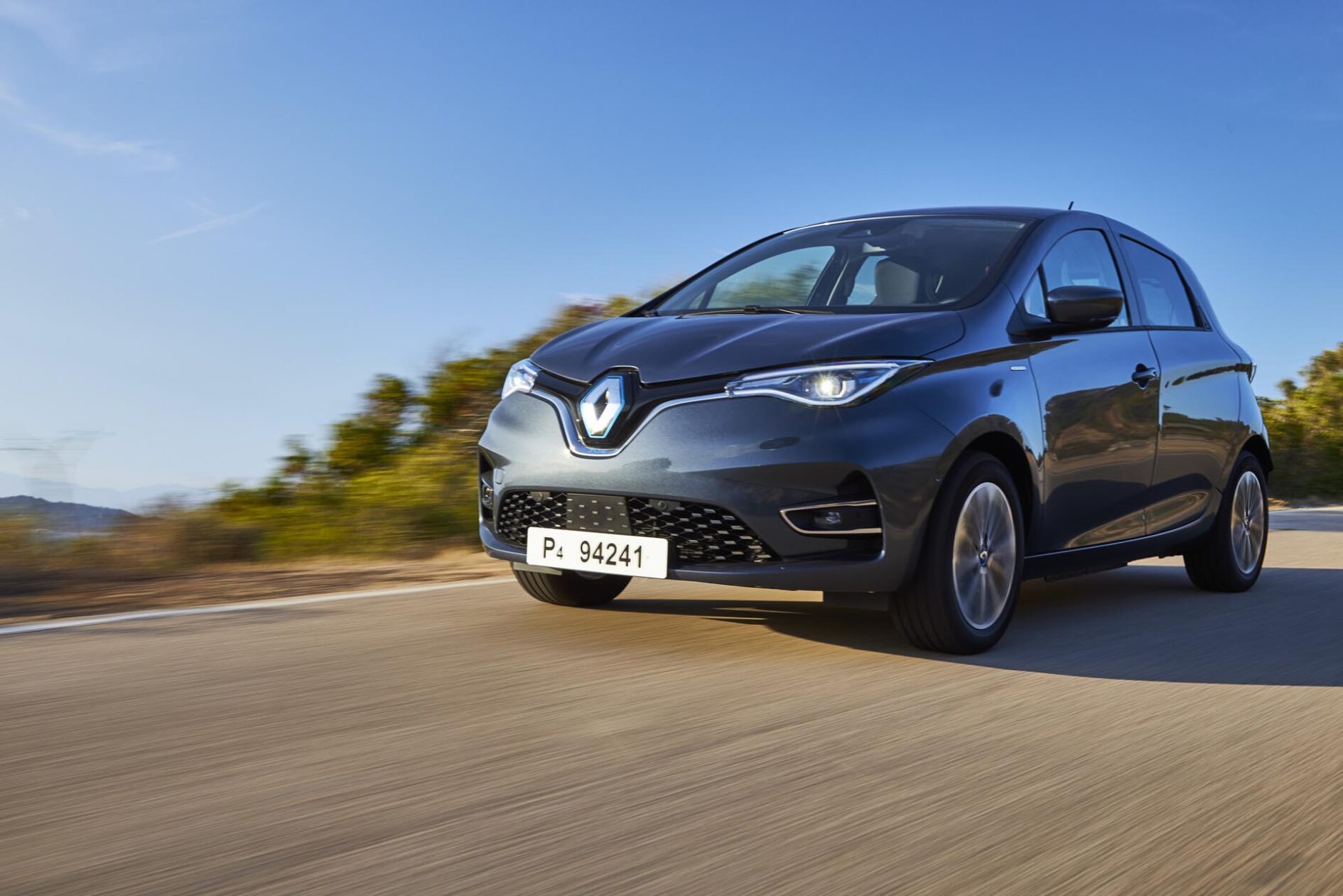

What is free-floating self-service?
Short-term free-floating rentals allow you to rent a vehicle (car, moped, bicycle, scooter) without a reservation, by picking it up and dropping it off where you want and paying only for the length and trip mileage (for cars) of your rental. And all this can be done using only your smartphone. It’s therefore a self-service way of renting without needing a docking station: drivers are no longer restricted to making round-trips or one-leg routes, offering them complete freedom and flexibility.
Whatever the type of vehicle, the idea is the same, and above all very simple. Everything is done via a mobile application, which locates the nearest vehicle and unlocks it, then, after the journey, locks it and applies the relevant charge. The price includes not only the rental of the vehicle, but also insurance, gas, electricity or parking costs for cars, as well as maintenance. The main things for the user to keep in mind is to stay within the coverage area and, as a good community citizen, not to obstruct car, pedestrian or other traffic!
Free-floating cars available across Europe

The first free-floating carsharing pilot program started in 2008 in Ulm, Germany. Free-floating is therefore actually quite recent when it comes to the history of carsharing. It was the launch of ShareCom in 1987 in Zurich that kicked off everything. Many European countries such as France, Austria, the United Kingdom, Germany, Spain, the Netherlands, Italy and Belgium now offer this type of service. The market leader, ShareNow, the result of a merger between Car2Go and DriveNow, is today present in 20 European cities with a fleet of over 20,000 vehicles used by 3 million customers.
Groupe Renault is developing a number of free-floating carsharing services in Europe. These include Aimo in Stockholm, Green Mobility in Copenhagen, Zity in Madrid and Paris in France.
Focus on the free-floating cars available in France
The first steps in free-floating in France came about in 2015 with Citiz and its fleet of cars known as “Yea!”. Founded in Strasbourg, the service is now available in Toulouse, Lyon, Bordeaux and Grenoble. According to the “Observatoire des nouvelles mobilités” from a study by Les Échos newspaper, 26% of carshare vehicles are available as free-floating. Among these, 44% are electric. In Paris, free-floating electric carsharing emerged in late 2018 with the consecutive launches of Free2Move, Car2Go and Zity. A little over 1,400 electric vehicles were deployed across the capital by these three companies. In Marseille, Aix, Avignon and Grenoble in the South of France, Renault Twizy cars were made available as free-floating vehicles from Totem Mobi.
Other free-floating vehicles available in Europe
Free-floating bicycles
The story of free-floating bicycles begins in China with the creation of Ofo in 2014 and then Mobike in 2015. They arrived in Europe in 2017, namely in the United Kingdom, Italy, Germany and Belgium. In France, free-floating bikes arrived in December 2017. Unlike self-service bikes which are often housed at public docking stations, free-floating bikes are owned and run by private companies. They are therefore easier to put into place since they require no infrastructural installations. After a rough start with sidewalks being littered with bicycles, some companies have revised their strategies and some have even ceased their activity in certain countries or cities, such as Gobee.bike which put an end to its services in Europe in early 2018 and then stopped all activities in July of the same year, and Ofo which took its bikes out of Germany after only three months of activity and ceased operating in Paris as of December 2018.
Free-floating mopeds
Cheaper than a car and also more maneuverable in traffic and narrow streets, the self-service moped was launched in 2012 in San Francisco, but the trend really kicked off in 2016. By making it possible to travel further, quicker and in pairs, the moped appeared to be the missing link between the self-service bikes and cars that were already available in major urban hubs. In line with the new demands on large cities to reduce pollution in their city centers, these scooters are nearly exclusively electric (like in Paris). Furthermore, they are 99% free-floating.
In its report on shared mopeds published at the end of 2018, the Innovation Center for Mobility and Societal Change (InnoZ) based in Berlin gave an overview of this service. The report shows that Europe is in the lead – home to 84% of the 62 cities where shared scooters are available. Madrid and Paris alone account for 36% of the world’s fleet. Also among the top 5 cities are Barcelona and Berlin in 3rd and 5th place respectively. More than 25,000 mopeds are believed to be in service worldwide, with two-thirds in Spain, France and Germany alone.
Free-floating scooters
Recently making their appearance on our sidewalks, self-service scooters are, like mopeds, electric and free-floating. Having first arrived in the United States in 2018, Lime, one of the market’s heavyweights, already has scooters in nearly 150 cities around the world. Just like free-floating bikes, electric scooters have experienced ups and downs. Companies come and go, and cities, after being taken by surprise, have implemented strict regulations. For example, in addition to the French laws that have been put into place, in October Paris City Hall launched a call for tenders in order to regulate the market by limiting the number of operators to three, each with a maximum fleet of 5,000 scooters. And all this under contract for two years. To be continued.
The role of free-floating in shared mobility
As we know, the main objectives of shared mobility are to limit congestion in cities, reduce air pollution and develop intermodality. But how does the model of free-floating fit into the world of shared mobility?
With the French Environment and Energy Management Agency, we’ve learned that users of free-floating bikes mainly appreciate the possibility of making door-to-door trips. This type of self-service transportation indeed appears to facilitate intermodality: 27% of those surveyed declare having made an intermodal trip during their last free-floating bicycle trip; mostly along with public transport. Free-floating bikes are mainly used for short and punctual trips for leisure outside of one’s daily routine journeys. This therefore appears to complement existing practices without jeopardizing the use of other services.
The same goes for the kick scooter which is replacing trips on foot (44%) or by public transport (30%). In terms of intermodality, nearly a quarter of scooter trips are combined with another mode of transport (public transport or walking).
Following the development of these different shared mobility services, the challenge for cities is to now facilitate accessibility and combine them with other modes of transport: metros, buses, trams, taxis, ride-hail services and all self-service transport options like cars, bikes, mopeds and scooters. This is the whole point of the “Mobility as a Service” (MaaS) concept, which makes it possible to organize and pay for a door-to-door intermodal journey in real time. In Europe, around 15 applications offering this service already exist, and other projects are under development. In Vienna, for example, it’s easy to get around with WienMobil, in Hanover, you can count on Mobility Shop and in Helsinki, Whim, via the private sector. Paris is also moving in this direction with its next version of the pass Navigo.
Copyrights: bortnikau, LEMAL Jean-Brice, PLANIMONTEUR, pixdeluxe, aquatarkus





